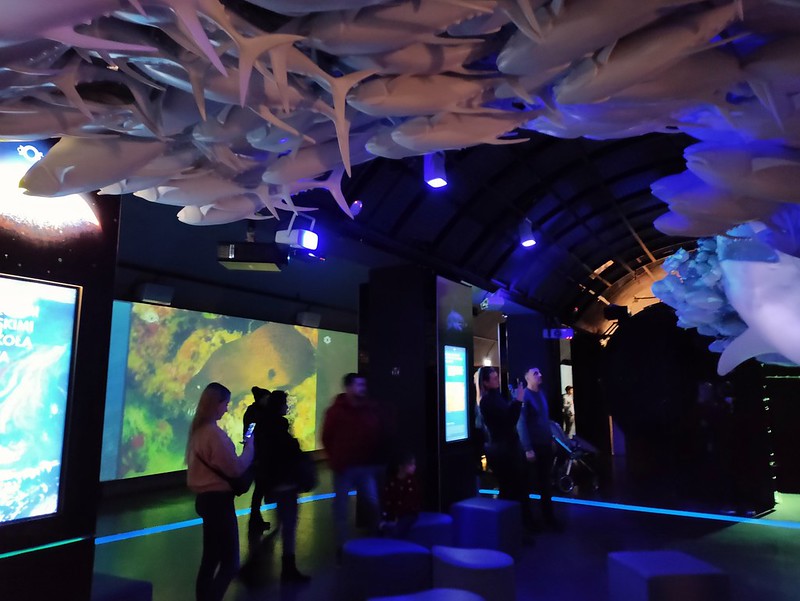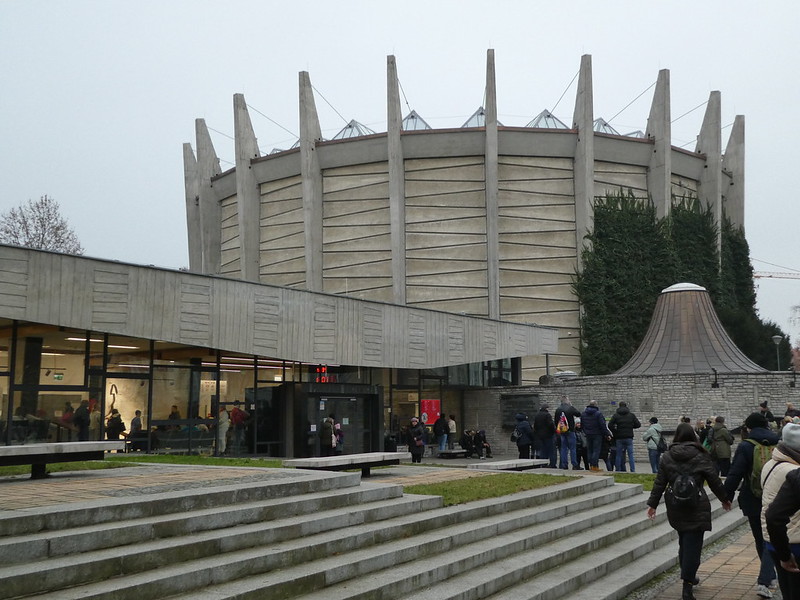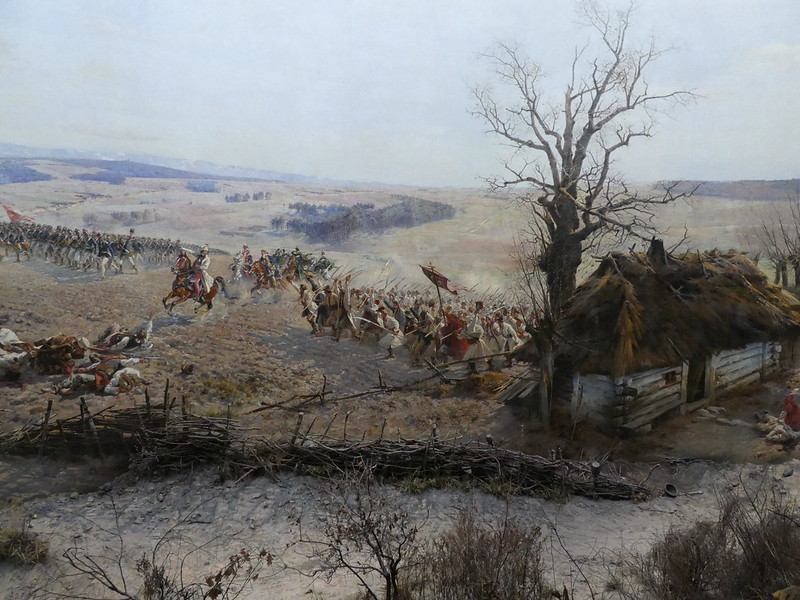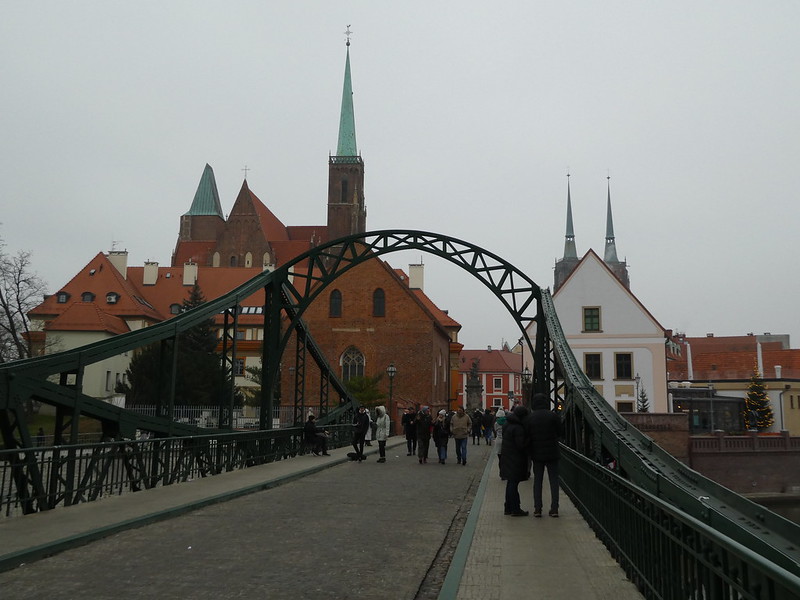The final day of our lovely visit to Wrocław had come around all too soon but with our flight home not scheduled until the evening, we had almost a full day to continue enjoying this wonderful city.

After setting ourselves up for the day with a hearty buffet breakfast at the Ibis Styles Wrocław Centrum we set off to explore the Hydropolis Science Centre, a museum dedicated to water. Standard tickets 32zl (£6). Its galleries use a variety of technology to explore the role of water in the environment and its importance to our daily lives.

The exhibition area is divided into three main sections, the first covers water as a chemical, focussing on its physical properties, cloud formations and water cycles. The second area covers marine life and the depth of the oceans whilst the final section examines the anthropological aspect including water treatment and shipping. There are numerous hands-on activities and some excellent displays but as the interior was quite dark inside it wasn’t easy to take many photos.

On leaving there, our next stop was to the Panorama of the Battle of Racławice as we had arranged timed tickets to view this monumental painting. The Panorama is part of the National Museum of Wrocław with one ticket covering all four of its museums in the city. A combination ticket costs 50zl (£9.38) and is valid 7 days.

Timed entries to the Panorama take 30 minutes and visitors are invited to walk up the winding rotunda to view the enormous panorama representing the Battle of Racławice in April 1794. This monumental painting is 114m long and 15m high, spanning the circular building. The work took nine months to complete and was originally on display in a rotunda in Lviv.

Following the end of the Second World War the Panorama was moved to Wrocław but was hidden away in a storeroom for political reasons as it depicts the victory of the Poles against the Russians and at that time Poland was under the Soviet Union’s influence.

In 1980, work on a new rotunda began in Wrocław and the painting was put on display to the public for the first time in 1985. Early visitors were Pope John Paul II and Beatrix, Queen of the Netherlands. A live commentary takes place in Polish with audio guides available in 16 languages introducing visitors to each aspect of the painting, I didn’t know quite what to expect but was fascinated by this huge work of art with its 3D appearance as I’d never seen anything like it before.

On leaving there we returned to the city centre for our morning coffees before strolling over to Cathedral Island across the Tumski Brudge. This bridge dates from 1862 and is the oldest of the city’s many bridges.

Views across to the island from the bridge are stunning and although no longer being an actual island, it used to be one between a branch of the Oder river. The Gothic Church of St. Giles is the oldest fully preserved building in Wrocław and we enjoyed exploring its interior. Wandering along the island’s ancient cobbled streets is enchanting as this part of the city is where the history of Wroclaw began.

Cathedral Island connects to Sand Island, home to the largest Gothic cathedral in Wrocław, the Church of our Lady on the Sand. This church, along with its adjacent monastery was erected by monks who came to live in Wrocław in the 12th century. As Sand Island used to be part of the Amber Route connecting the lands of the Adriatic and the Baltic Sea regions, monks ensured that everyone crossing the bridge should pay a toll which was then utilised for the upkeep of the monastery.

After finishing our walk around the islands, we crossed back over the river and called into the Old Market Hall. The building was constructed between 1906-1908 and is filled with over 190 stalls selling fresh fruit, vegetables, meat, bakery items and flowers. It’s definitely worth a look around as along with its main hall and gallery there is a cafe. It was the perfect opportunity for us to stock up on some Polish delicacies to pop into our suitcase to take home with us.

It was then time to return to the hotel to collect our luggage before heading back to the airport for our return flight to the U.K. Our five days in Wrocław had been fun filled and full of interest and I wholeheartedly recommend a visit to this beautiful part of Poland at any time of year.
If you have enjoyed this post you may also like:
A weekend in Gdansk, Poland
48 Hours in Warsaw

During our stay we were guests of Visit Wrocław, and as always, all views and opinions are entirely my own.
Source link
